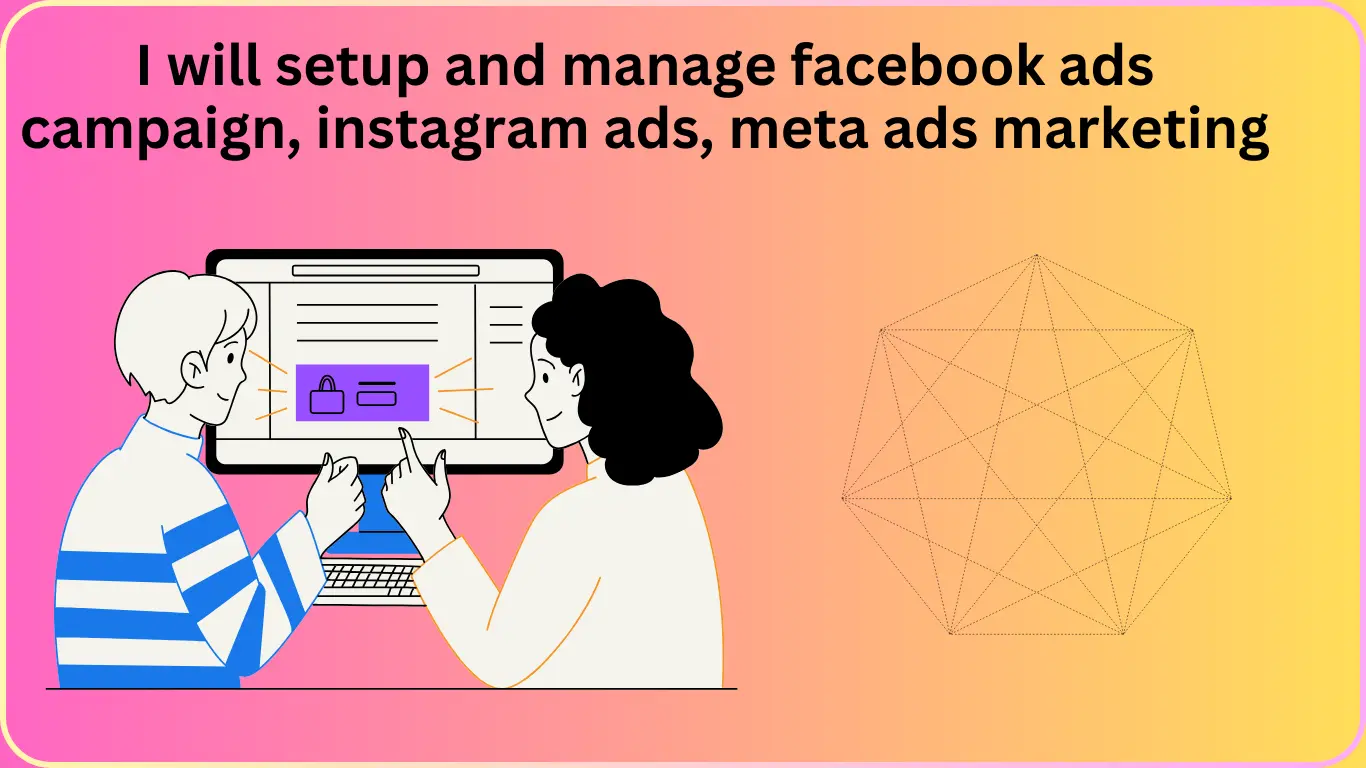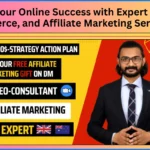In today’s digital landscape, Facebook has emerged as a powerhouse for businesses seeking to generate high-quality leads. With its vast user base and sophisticated targeting options, Facebook lead generation campaigns offer unparalleled opportunities to connect with potential customers and drive business growth. This comprehensive guide will walk you through the essentials of creating, managing, and optimizing Facebook lead generation campaigns to maximize your return on investment.
Table of Contents
Understanding Facebook Lead Generation Campaigns
What Are Facebook Lead Generation Campaigns?
Facebook lead generation campaigns are a specialized type of advertising designed to collect information from potential customers directly within the Facebook platform. These campaigns utilize lead ads, which allow users to submit their contact details and other relevant information without leaving Facebook, creating a seamless experience that typically results in higher conversion rates.
Why Choose Facebook for Lead Generation?
- Massive User Base: With over 2.8 billion monthly active users, Facebook provides access to a vast and diverse audience .
- Advanced Targeting Options: Facebook’s detailed user data allows for precise audience targeting based on demographics, interests, behaviors, and more.
- Cost-Effective: Compared to traditional lead generation methods, Facebook campaigns often offer a lower cost per lead.
- Mobile Optimization: Lead ads are designed for mobile users, who make up the majority of Facebook’s user base.
Setting Up Your Facebook Lead Generation Campaign
Step 1: Define Your Campaign Objectives
Before launching your campaign, clearly outline your goals. Are you looking to:
- Generate leads for a new product or service?
- Build an email list for future marketing efforts?
- Identify potential customers for your sales team to contact?
Having a clear objective will guide your campaign strategy and help measure success.
Step 2: Create a Compelling Offer
Develop an irresistible offer that provides value to your target audience. This could be:
- A free e-book or whitepaper
- A product demo or free trial
- A exclusive discount or promotion
- A webinar or online course registration
Ensure your offer aligns with your business goals and appeals to your ideal customer profile.
Step 3: Design Your Lead Ad
Craft an engaging lead ad that captures attention and encourages action:
- Attention-Grabbing Visuals: Use high-quality images or videos that represent your offer and brand.
- Compelling Copy: Write clear, concise ad copy that highlights the benefits of your offer.
- Call-to-Action (CTA): Choose an appropriate CTA button from Facebook’s options (e.g., “Sign Up,” “Learn More,” “Get Offer”).
- Lead Form: Create a streamlined form that collects essential information without overwhelming users.
Step 4: Set Up Targeting and Budget
Leverage Facebook’s targeting options to reach your ideal audience:
- Custom Audiences: Upload existing customer lists or create lookalike audiences based on your best customers.
- Interest-Based Targeting: Target users based on relevant interests, behaviors, and demographics.
- Retargeting: Set up campaigns to re-engage website visitors or users who have interacted with your Facebook page.
Determine your budget and bidding strategy based on your campaign goals and expected ROI.
Managing and Optimizing Your Campaign
Monitor Performance Metrics
Regularly review key performance indicators (KPIs) to gauge campaign success:
- Cost per lead (CPL)
- Click-through rate (CTR)
- Conversion rate
- Lead quality
- Return on ad spend (ROAS)
Use Facebook Ads Manager and integrate with your CRM system for comprehensive tracking.
A/B Testing for Continuous Improvement
Implement A/B testing to optimize various elements of your campaign:
- Ad Creative: Test different images, videos, and ad copy to identify what resonates best with your audience.
- Targeting: Experiment with different audience segments to find the most responsive groups.
- Lead Form: Test form length, question types, and offer variations to improve conversion rates.
- Ad Placement: Compare performance across different placements (e.g., Facebook News Feed, Instagram, Audience Network).
Lead Nurturing and Follow-Up
Implement a robust lead nurturing strategy to convert leads into customers:
- Timely Follow-Up: Respond to leads quickly, ideally within 24 hours of submission.
- Personalized Communication: Use the information collected in your lead form to tailor your follow-up messages.
- Marketing Automation: Set up email sequences or retargeting campaigns to guide leads through your sales funnel.
- CRM Integration: Ensure seamless transfer of lead data to your CRM system for efficient management and tracking.
Advanced Strategies for Facebook Lead Generation Success
Leverage Video Content
Incorporate video into your lead generation campaigns to boost engagement and conversions:
- Educational Videos: Create short, informative videos that showcase your expertise and offer value to viewers.
- Product Demonstrations: Use video to highlight the features and benefits of your products or services.
- Customer Testimonials: Share authentic video testimonials from satisfied customers to build trust and credibility.
Implement Chat Bots and Messenger Ads
Utilize Facebook Messenger to enhance lead generation efforts:
- Messenger Ads: Create ads that open a conversation in Messenger, allowing for personalized interactions.
- Chatbots: Develop automated chatbots to qualify leads and provide instant responses to common queries.
- Conversational Forms: Use Messenger to create interactive, conversation-style lead forms that feel more natural to users.
Harness the Power of Facebook Pixel
Maximize the effectiveness of your campaigns with Facebook Pixel:
- Website Tracking: Install Facebook Pixel on your website to track user behavior and optimize ad delivery.
- Custom Audiences: Create audiences based on specific actions taken on your website for more targeted campaigns.
- Conversion Optimization: Use Pixel data to optimize your campaigns for specific conversion events.
Measuring and Reporting Campaign Success
Key Metrics to Track
Monitor these essential metrics to evaluate the performance of your lead generation campaigns:
- Lead Volume: The total number of leads generated
- Lead Quality: Assess the relevance and potential value of leads acquired
- Cost per Lead (CPL): The average cost to acquire a single lead
- Conversion Rate: The percentage of ad clicks that result in lead submissions
- Return on Ad Spend (ROAS): The revenue generated compared to your ad spend
Reporting and Analysis
Develop comprehensive reports to communicate campaign performance and insights:
- Regular Reporting: Create weekly or monthly reports summarizing key metrics and trends.
- Performance Visualization: Use charts and graphs to illustrate campaign performance over time.
- Actionable Insights: Provide recommendations for optimization based on data analysis.
- Competitive Benchmarking: Compare your performance against industry standards and competitors.
Conclusion
Facebook lead generation campaigns offer a powerful tool for businesses to attract and convert potential customers. By following the strategies outlined in this guide, you can create highly effective campaigns that drive business growth and provide a strong return on investment. Remember to continuously test, optimize, and adapt your approach to stay ahead in the ever-evolving world of digital marketing.
To take your Facebook lead generation efforts to the next level, consider partnering with experienced professionals who can provide tailored strategies and manage your campaigns for optimal results. With the right approach and expertise, Facebook lead generation can become a cornerstone of your digital marketing success.










